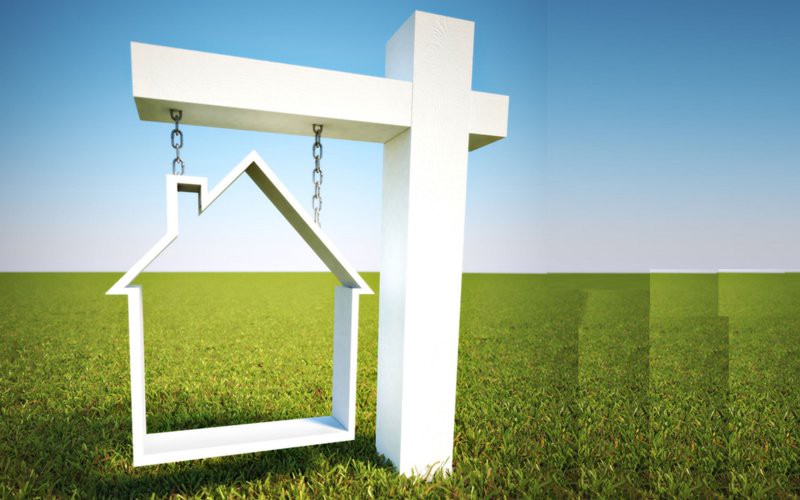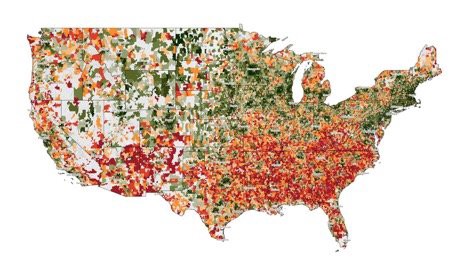The U.S. is increasingly a country of disparities, in which some areas have rebounded from the recession while others remain savaged by poverty and joblessness.
July 26, 2016

The United States has long been characterized as a land of opportunity — a place where hard work and ingenuity allow a person to rise, a place where merit trumps birth status. But Americans are increasingly skeptical that life will be better for the next generation — and with good reason.
Recent research suggests the U.S. is a country in which destiny is too often determined by zip code. For example, research by Harvard economist Raj Chetty shows that in many areas of the Midwest and South, less than 5 percent of children will move from the bottom to the top of the socioeconomic ladder.
Alexander Hamilton referred to a vibrant economy as “one of the strongest links of political connection.” Hamilton knew that ensuring access to opportunity was critical to strengthening the bonds that held the new country together. Our country faces the same imperative today. As economic growth and change leave many communities behind, that “political connection” is under enormous strain. One need look no further than the presidential campaign to see how economic anxiety is contributing to an unpredictable rise in voter angst.
On the surface, it’s difficult to square the pervasive economic anxiety seen in most public opinion polls with the steady economic and job growth we are seeing on the national level. What is causing the disconnect? The answer lies, in part, in the dramatically different pattern of growth in the current recovery compared to ones in the 1990s and 2000s.


National GDP growth and a declining unemployment rate obscure the stark reality that thousands of American communities have been simply been passed over by the recovery. Today, more than 50 million Americans live in communities marred by serious distress, and millions more live in communities that are seeing the engine of new enterprise sputtering to a halt.

Source: EIG’s Distressed Communities Index; Data for the first five indicators covers the 2010 to 2014 period and the last two 2010 to 2013
The gap in economic well-being between America’s prosperous communities and its most distressed is staggering, and it’s getting worse. In a prosperous community, you’d be hard-pressed to find anyone without a high school degree or to pass a vacant home. But in the average distressed community, the majority of adults do not work and more than a quarter live in poverty. And the pattern of economic growth is reinforcing these disparities: while prosperous zip codes enjoy double-digit increases in jobs and businesses, distressed ones remain mired in a protracted recession — untouched by years of national and regional growth. Such disparities will stress our political system and our nation’s social fabric in the years ahead.
Broadening access to opportunity for all Americans requires expanding the map of entrepreneurship. This, in turn, requires a new array of innovative policies and a new generation of mission-driven investors dedicated to helping new enterprise take root in communities across the U.S.
This article originally appeared in The Daily Beast.




